- The U.S. Department of Transportation (USDOT) has allocated almost $150 million in EV infrastructure funding to support the Electric Vehicle Charger Reliability and Accessibility Accelerator Program, benefiting its chosen recipients.
- The program addresses reliability issues with existing public electric vehicle (EV) chargers, a major barrier to U.S. EV adoption.
- Using the program’s funding, 24 grant recipients in 20 states will repair or replace nearly 4,500 existing EV charging ports.
According to the U.S. Department of Transportation (USDOT), 24 recipients in 20 states will receive nearly $150 million in EV Infrastructure funding to improve reliability issues with existing electric vehicle (EV) charging with the Electric Vehicle Charger Reliability and Accessibility Accelerator Program. States will repair or replace nearly 4,500 existing EV charging ports with grant funding. In some cases, states will use the grants to bring the charging ports up to code. A map of the states receiving awards, along with funding amounts and estimated numbers of EV charging ports, was released on the Federal Highway Administration website.
ADVERTISEMENT
“President Biden’s Investing in America agenda is building an EV charging infrastructure that can power our clean transportation future,” said U.S. Secretary of Energy Jennifer M. Granholm. “These investments will ensure that Americans have a convenient and reliable experience when they charge their vehicles at public stations.”
The EV Infrastructure funding falls within the National Electric Vehicle Infrastructure (NEVI) Formula Program, which the government created under the Bipartisan Infrastructure Law. The Federal Highway Administration (FHWA) administers the NEVI program and provides $5 billion to help states build out EV charging. The newly created Joint Office of Energy and Transportation supports NEVI and other federal EV funding. Under the NEVI program, states must operate federally funded charging ports for at least five years, which must be operational 97% of the time.
“The EV revolution is here. To make the most of it, we must ensure that everyone, from the largest cities to the most rural communities, has access to reliable EV charging infrastructure,” said U.S. Transportation Secretary Pete Buttigieg. “These grants bring us another step closer to a national EV charging network that keeps up with the EV transition that’s well underway.”
California Secures Top Share of EV Infrastructure Funding Allocation
California leads U.S. EV adoption for many reasons, including strong incentives. Accelerated adoption of EVs in California comes from a combination of favorable government policies, increased consumer awareness, and substantial investments in charging infrastructure throughout the Golden State.
ADVERTISEMENT
California’s state government introduced incentives such as tax credits, rebates, and grants, making EVs more affordable. For those reasons, California has more EV charging stations than any other state. The California Department of Transportation received $63,702,988.00 in EV Infrastructure funding under the Electric Vehicle Charger Reliability and Accessibility Accelerator Program. This funding will help repair or replace an estimated 1,302 EV charging ports in California.
Addressing EV Charging Station Reliability
According to a May 2023 report by J.D. Power, “The reliability of public charging infrastructure has improved slightly for the first time in two years, but 20.8% of consumers still say they show up at a public charger that does not work.” Reasons for the charger being out of service can vary. Problems include internal station faults or errors, charging connector or cable issues, a malfunctioning credit card reader, limited station connectivity, and display screen problems.
Charging Connector Problems
Charging connectors have been another barrier, in addition to charging station reliability. The Combined Charging System (CCS) EV charging connector used by EVs other than Teslas was dealt a death blow in May 2023, as Ford announced it would equip future EVs with Tesla’s North American Charging Standard (NACS) charge port. NACS is now the de facto standard, as the majority of OEMs and charging companies have now announced plans to integrate Tesla’s charging technology. Converters need to be used to charge a CCS vehicle at a NACS charger, creating problems for EV adopters.
Loren McDonald, an independent charging-network analyst and CEO of EVAdoption, said: “The next few years may be ‘adapter hell’ as everyone — drivers, automakers, charging equipment providers, the federal government and states — navigate a confusing straddle between other systems and the NACS standard and connectors.”
SAE published its first set of standards for Tesla’s NACS system, which it calls J3400.
IRS and the Treasury Release Guidance To Build Out Clean Vehicle Charging Infrastructure With the Alternative Fuel Vehicle Refueling Property Credit (30C)
On January 19, 2024, the U.S. Department of the Treasury and Internal Revenue Service (IRS) released additional guidance under the Inflation Reduction Act (IRA), providing clarity on details to gain eligibility for incentives designed to fund the installation of electric vehicle charging stations and alternative fuel refueling stations.
ADVERTISEMENT
The Alternative Fuel Vehicle Refueling Property Credit (30C) works in concert with the Clean Vehicle Credit and Advanced Manufacturing Production Credits offered by the Inflation Reduction Act. A credit of up to 30% of the cost of qualified alternative fuel vehicle refueling property may be received by the taxpayer, placing the property in service. Individuals and businesses may claim the credit for home electric vehicle charging and other refueling equipment allowed under the guidelines.
Qualified property must be placed in service in an eligible census tract, as stated by the rules. Eligible census tracts are any population census tracts that are a low-income community or that are not in an urban area. The credit is limited to $100,000 for business property and $1,000 for personal property with respect to any single item of property.
$623 Million in Federal EV Infrastructure Funding Announced Recently
A much-needed national EV charging network is being built using tens of billions in federal EV infrastructure funding and private sector funding. The federal government is addressing the lack of EV charging station availability with many efforts. A vital effort came recently through an announcement on January 11, 2024. In that announcement, the Biden Administration moved forward with its goal of building 500,000 publicly available EV chargers by 2030 with $623 million in grants. 7,500 EV charging ports, 47 EV charging stations, and related projects in 22 states and Puerto Rico received funding from the Charging and Fueling Infrastructure (CFI) Discretionary Grant Program. The program came as a result of the Bipartisan Infrastructure Law.
EV Adoption In the U.S.Growing Fast
The EV revolution has been growing quickly in America for over a decade, and experts argue that federal funding should have come much sooner. Regardless, we commend the federal government for finally stepping up and making significant funding available to promote American EV adoption.
A lack of education about EVs has been a leading cause of slowing EV adoption. Hesitancy by car dealers to sell EVs has been another. BJ Birtwell, CEO and founder of Electrify Expo, the largest and most vibrant electric vehicle event in the United States, noted that EV adoption had passed the early adoption stage and moved into the early majority stage. The early majority of car shoppers are motivated primarily by the long-term cost savings an EV offers over internal combustion engine (ICE) vehicles. Regardless of the barriers, EV adoption continues in the U.S. and around the world at a rapid pace in 2024.
ADVERTISEMENT

FEATURED IMAGE: CHARGEPOINT
FTC: We use income-earning auto affiliate links. Learn more.




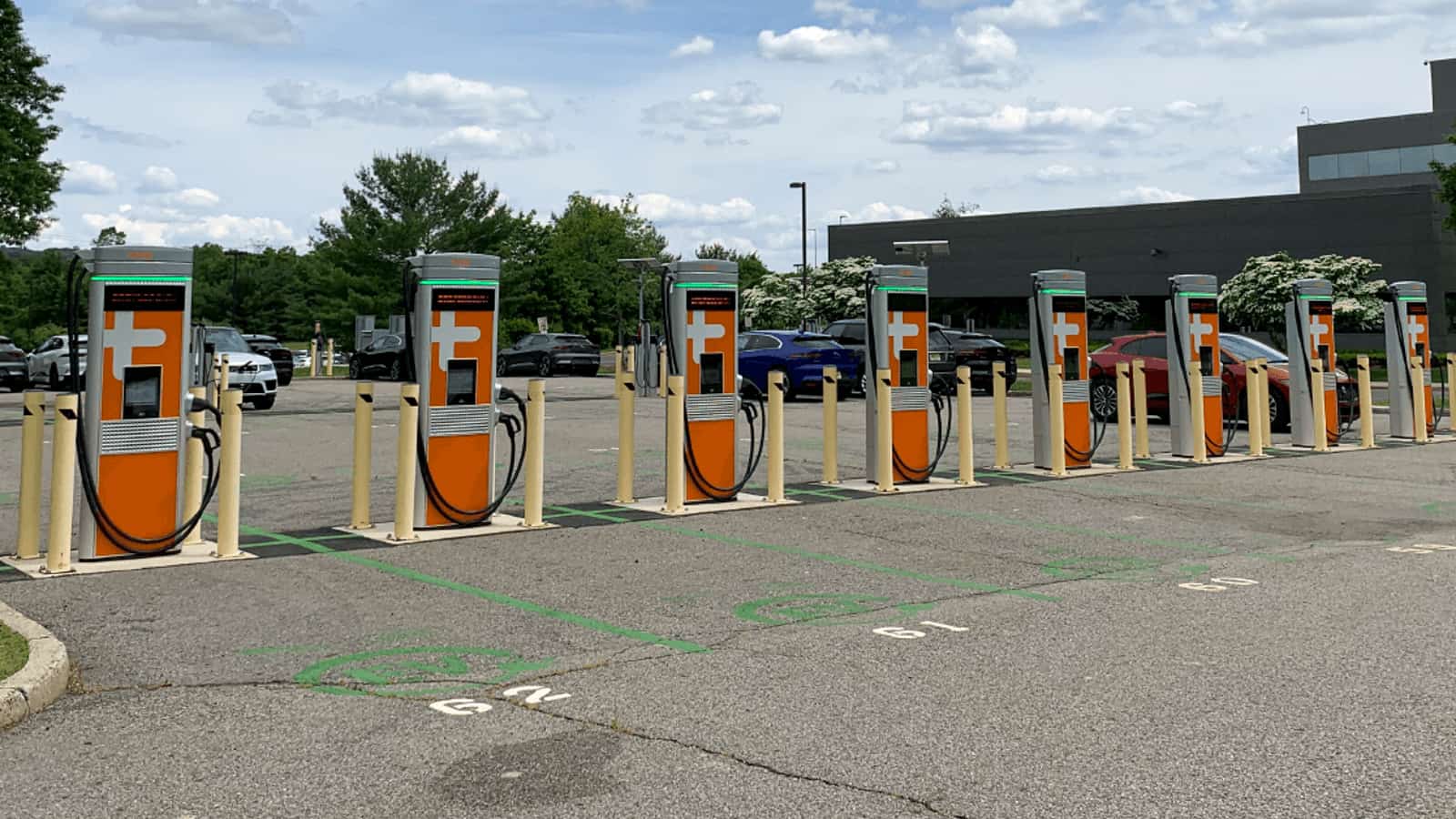
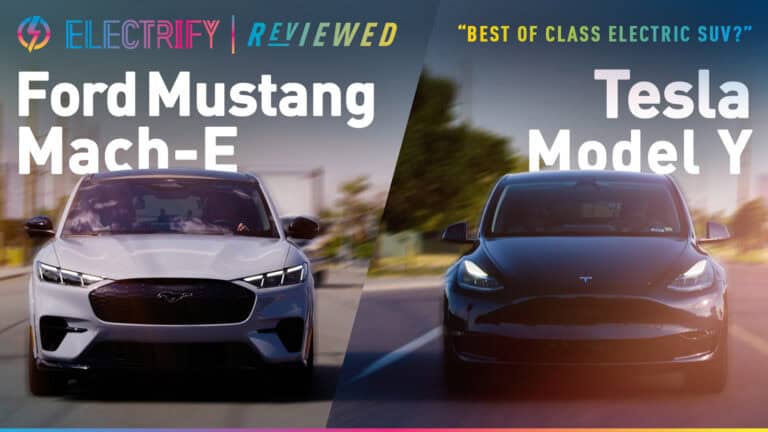
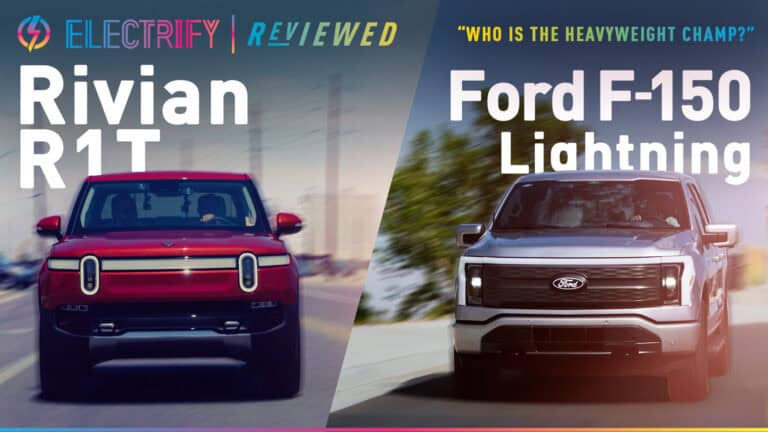

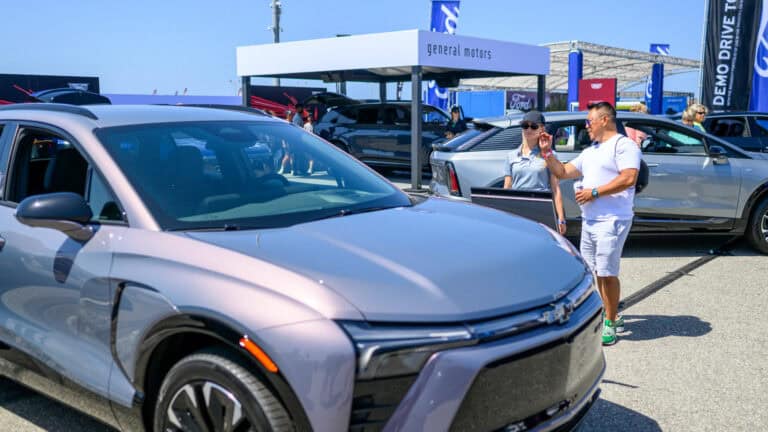
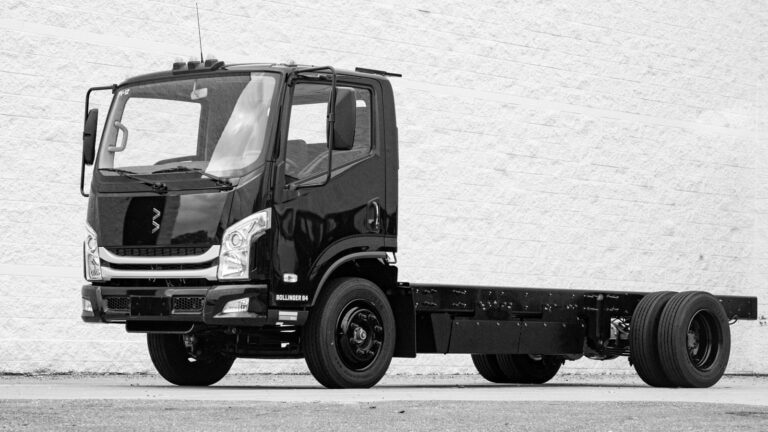

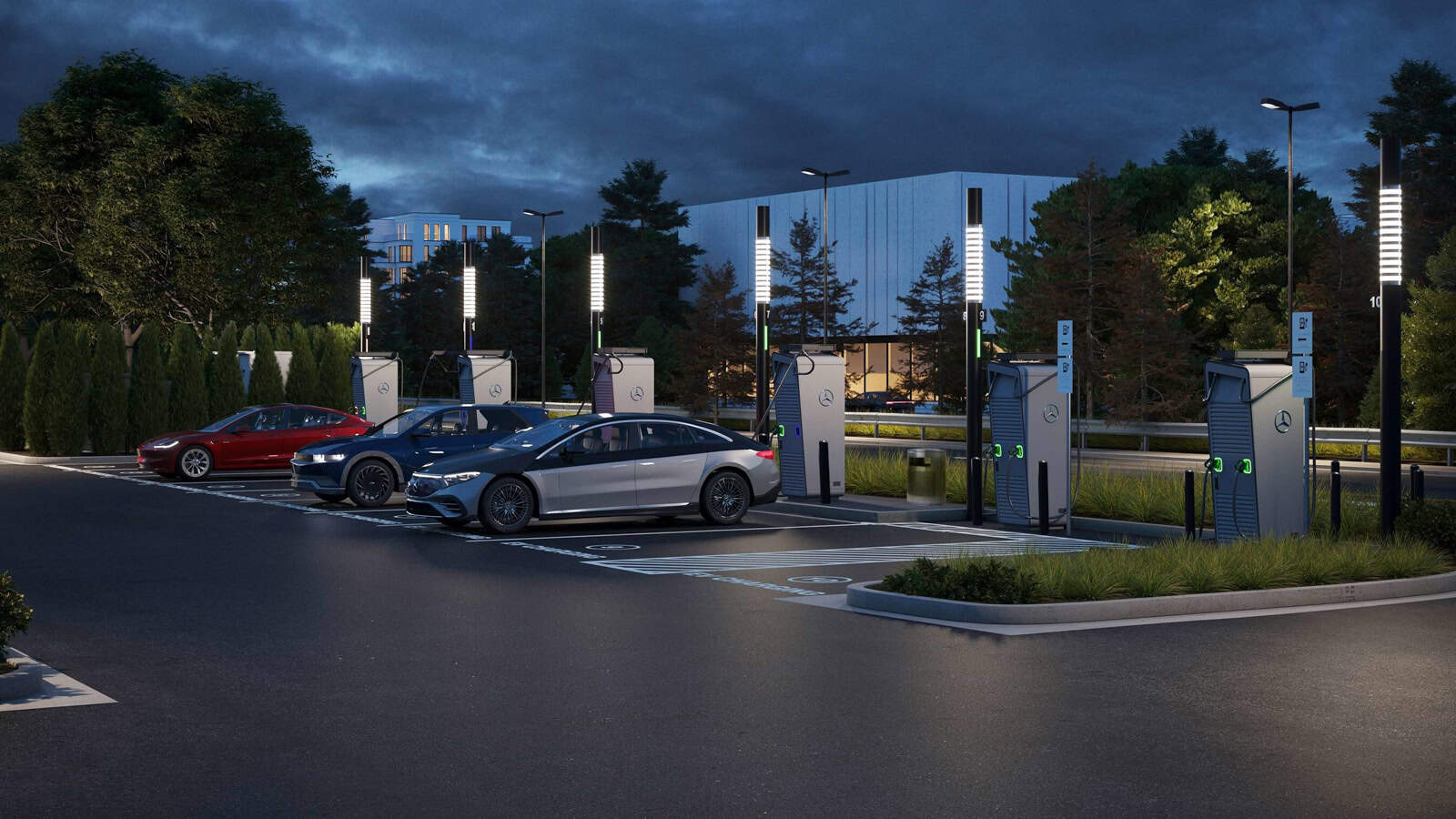



One Response
Thank you I have just been searching for information approximately this topic for a while and yours is the best I have found out so far However what in regards to the bottom line Are you certain concerning the supply